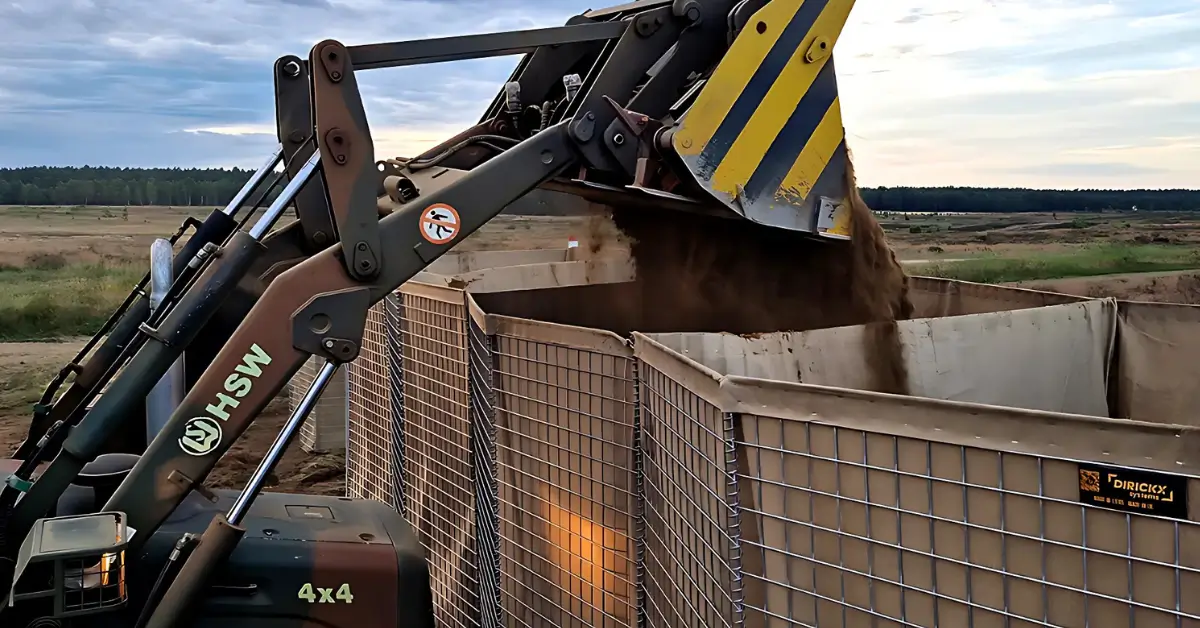Introduction
Special Forces operators, often called the “quiet professionals,” are among the world’s most elite and highly trained military personnel. These individuals are tasked with carrying out complex and high-stakes missions that require precision, stealth, and the utmost commitment to success. The key to their effectiveness lies in their mission readiness, a critical factor encompassing various components, including situational awareness and survivability. This article will delve into the significance of mission readiness for Special Forces operators, focusing on situational awareness and survivability.
Situational Awareness: The Backbone of Mission Readiness
Situational awareness is the foundation upon which victorious Special Forces missions are built. It refers to the ability to comprehend, analyse, and react to the dynamic environment in which these operators operate. Achieving situational awareness is a multifaceted process that relies on various tools and techniques.
Surveillance: Special Forces operators are experts in surveillance. They use cutting-edge technology, such as drones, night-vision goggles, and thermal imaging equipment, to gather crucial intelligence about the target area. Surveillance helps them understand the enemy’s movements, strengths, and weaknesses, allowing them to make informed decisions during a mission.
Communication: Effective communication is paramount for Special Forces teams. They use encrypted radios and advanced communication systems to constantly contact their team members, superiors, and supporting units. Clear and concise communication ensures everyone is on the same page, enabling rapid adjustments to the evolving situation.
Intelligence Gathering: Special Forces units excel at gathering intelligence through various means, including human intelligence (HUMINT), signals intelligence (SIGINT), and open-source intelligence (OSINT). This intelligence provides critical insights into the enemy’s intentions, tactics, and capabilities.
Survivability: Protecting Lives and Accomplishing the Mission
Survivability is another vital aspect of mission readiness for Special Forces operators. These elite soldiers are often deployed in hostile environments, making it crucial to ensure their safety while achieving mission objectives.
Protection: Special Forces operators are equipped with state-of-the-art body armor, helmets, and ballistic shields to shield themselves from enemy fire and shrapnel.
Additionally, they receive extensive training in tactical medicine, allowing them to provide immediate care to wounded comrades.
Endurance: Physical and mental endurance is a hallmark of Special Forces training. These operators undergo grueling physical fitness regimens and mental resilience training to withstand the harsh conditions they may encounter during missions. This endurance enables them to persevere through adversity and fatigue.
Adaptability: Survivability also hinges on adaptability. Special Forces operators are trained to adapt to changing circumstances rapidly. They can switch tactics, change roles, or improvise as needed to overcome obstacles and achieve their objectives.
Conclusion
The importance of mission readiness for Special Forces operators cannot be overstated. Their ability to maintain situational awareness and survivability is the bedrock of their success in the field. These elite soldiers ensure they are always prepared to face the most challenging and dangerous missions through surveillance, communication, intelligence gathering, protection, endurance, and adaptability.
Special Forces operators are highly trained, highly adaptable, resourceful, and resilient individuals who excel under pressure. Their commitment to mission readiness allows them to operate effectively in the most hostile and unpredictable environments, achieving their objectives while minimising risks to themselves and their teams. In an ever-changing world, the role of Special Forces in protecting national security remains paramount, making mission readiness an essential component of modern military operations.



